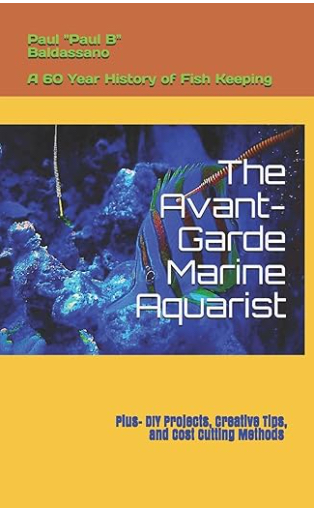Totally agree.
Frequent algae removal is part of the nutrient export process.
The reactor type design make this process unnecessarily complicated.
Also a jam packed algae colony have a bigger chance to die off and become harmful to the reef.
Also, now we learned that high power light make refugium more productive.
Those LED lights inside the said reactor is way under powered.
I am wondering what you are basing some of these comments on.
I became interested in this algae reactor based on the documentation they have such as this:
https://www.f3images.com/IMD/UserManuals/6U1424_1.pdf
Which answer some of the points people are bringing up.
But also based on multiple reviews of people actually using them, and I don't know, maybe they are all shills for the company?
From that, I would not disagree that this is a complex product to use, such as compared to your typical DIY algae scrubber.
But the light being way under powered? I have not seen anyone mention that as a problem. If anything, they mention how
intense the lights are. And in theory, this design will use light more efficiently because the algae is right up against the light, and there should be minimal shading, it's very even distribution of light. Intensity drops rapidly with distance, so when you are not lighting up a whole tank or refugium, you can utilize more of the light for the intended purpose. 45 watts in one of these might be equivalent to 150-200W in a different setup. Light intensity vs. distance follows and inverse square:
https://forum.growkind.com/threads/what-is-my-light-intensity-vs-distance-from-bulb.7268/
So those first few cm or inches are important.
If I saw someone do a shoot-out between an inexpensive DIY scrubber, say with a budget of $250 and did a scientifically sound comparison, I could see buying or building the DIY solution knowing and accepting whatever trade-offs there were.
But, what I have seen is the cons are that it is complex and it is expensive, but most everything else appears to be pros.

